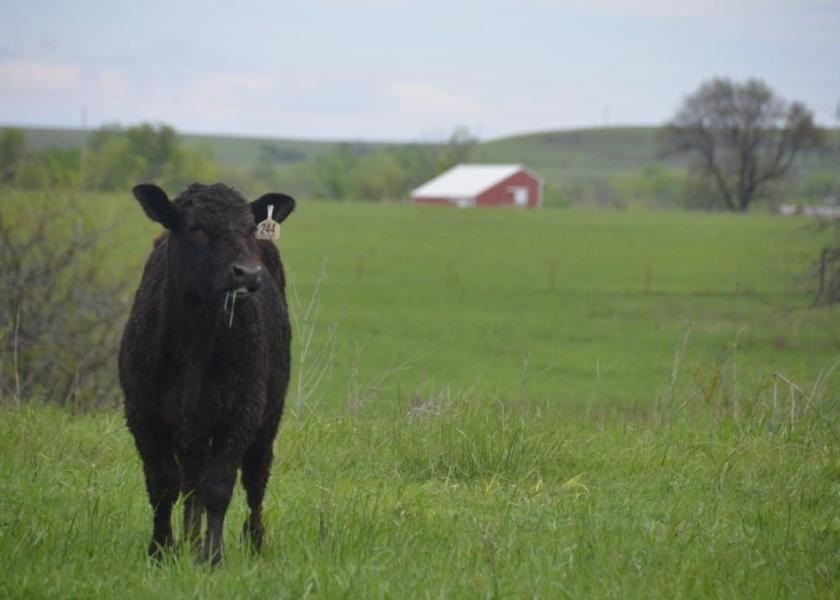Extending the Grazing Season

by Wendie Powell, Livestock Production Agent, Wildcat Extension District
I have been fielding a lot of calls these past couple of weeks on grazing systems, weed management, and alternative options. Livestock managers are looking for ways to make their dollars go further and manage pastures and hay fields responsibly. I’ve had several questions on weed management and alternative options. Producers are interested in a longer grazing season that means fewer days of putting out hay.
Demonstrations have been conducted with as few as five head and as many as 500 head, underlining the fact that an extended grazing season can work for nearly any sized operation. These demonstrations utilized herds of cattle, herds of horses and even small ruminants, confirming that the program can work for all segments of the livestock industry.
There are essentially eight management practices to have more green forage for an animal to harvest. Those are stockpiling a cool season forage, stockpiling a warm season forage, growing legumes, growing summer annual forage, growing winter annual forage, reducing hay losses in storage and reducing hay losses during feeding.
Producers might not achieve a grazing season of 300 days by adding a single practice or during the first year, but each practice adopted helps get closer to that goal. Getting started is often the biggest hurdle. Deciding which practices are most beneficial and in what order to start using them can be confusing.
The University of Arkansas Research and Extension has developed a five step process that helps focus efforts on practices that can have the most impact with existing forage resources. The key is to start with the existing forage base and always plan at least one season ahead to ensure plenty of time to incorporate each new phase.
The first step to take is a complete inventory of the forage base; identify what forages are available for grazing during each season. Then, build on that inventory by improving the existing forages with management practices like fertilization and weed control. The third step is to add a complementary forage to fill in any seasonal gaps, and be sure to plan short-term and long-term options. The fourth step is to outline your forage and grazing practices for the year ahead, and don’t forget to write it on the calendar! And finally, monitor and adjust forages and stocking rates by keeping records of each practice.
Stockpiling forage simply means accumulating the standing forage for later grazing. In the case of fescue, stockpiling involves fertilizing pastures in late summer or early autumn, allowing pastures to grow and then grazing them during late fall and winter. Rather than making hay to feed in winter, you grow pasture forage until frost and let the animals harvest their own feed as late into winter as weather conditions allow. Most classes of livestock can graze through up to eight inches of snow and are comfortable in much colder temperatures than many people imagine. Nearly all forages can be stockpiled. The key is keeping this forage high quality; fertilizing and weed control. A stockpile is not just a pasture of dead plants; it’s a pasture of dormant forage that contains a high amount of nutrients.
Legumes have long been recognized for furnishing nitrogen to a companion grass. However, they have many other equally important qualities. They can increase animal weight gain, decrease grass tetany risk and other herd health problems and add to the protein yield of pasture or hay. Possibly the best news is that legumes, like clovers, can be established in grass without plowing and without completely losing a year’s worth of production.
Keeping records of the successes and challenges associated with different practices is important. These records can be noted on a calendar, or if you’re a more detailed person, you can use a logbook or a computer. Some of the records that you will find helpful as your system gains longevity are hay feeding beginning and ending dates, when planted or stockpiled forages were ready for grazing, soil nutrient differences, and it’s also fun to know how much time and money you save during the program. Severe conditions may not occur every year, but good records will provide a reference for practices that worked best in good and bad conditions.







